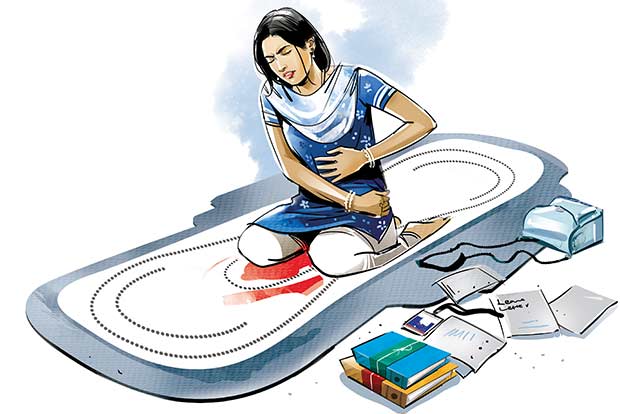Menstrual leave on policy radar
The order passed by the government offers menstrual leave only to women in the age bracket of 18-52, assuming curiously that those older do not need it.

The Karnataka government is receiving praise for notifying its policy on menstrual leave. Women workers in the state will henceforth be allowed one day’s leave each month to endure period pain at home. The measure has been given effect through a government order rather than as a legislative measure, as it should have been to ensure better compliance. While this is a step forward, it’s good to remember that idealistic policy followed by faulty practice is all too often the story of welfare measures in India. So, we should wait to see fair and universal implementation before celebrating.
The order passed by the government offers menstrual leave only to women in the age bracket of 18-52, assuming curiously that those older do not need it. However, it is an improvement on similar measures in vogue in Bihar and Odisha. It applies to both government and private sectors, including IT companies, garment and beedi factories, and multinational corporations. It covers permanent as well as contractual, and outsourced employees. It does not require medical certification.
The cheap thing to do is to chuckle over the fact that Bihar was the first state in India to offer such succour to women. Its order mandating a generous two days of leave monthly to women government employees dates back to 1992. It wasn’t until 2024 that the Odisha government went a step further, granting one day’s leave to its employees and adding a nudge, but only a nudge, to the private sector. Arguably, there was not much of a private sector to consider in Bihar back then, but there’s really no basis to the supposition that industrialised states are more sensitive to women’s problems. If anything, there is a negative correlation between menstrual leave and industrialised economies. Spain remains the first, and only, Western country to offer menstrual leave to women. Corporate America does not have it.
Karnataka’s initiative is sure to come up against challenges in implementation, as any facility offered to women invariably does in our country. There will be employers who will explore loopholes, such as treating menstrual leave as nothing but casual leave or sick leave; HR departments who will keep their employees in the dark about it; and bosses who will use the embarrassment factor to deter their subordinates. This suggests the need to publicise the measure widely. An awareness effort would be much more useful than the mandated paltry penalty of Rs 5,000 on non-compliant employers.
However, the most useful outcome of this measure may be to destigmatise period pain and put it on the policy radar nationwide. Women workers still hide it behind a wan smile, and employers continue to treat it as a hindrance to workflow. Karnataka is among only a handful of states to acknowledge menstrual pain as real enough discomfort to deserve leave. Bihar and Odisha, some institutions in Kerala and Sikkim, and some companies like Zomato do so too.
But not the Union government. India still does not have a national law that mandates paid menstrual leave. Private members’ bills proposing it have previously run into a wall with the Union government taking the ridiculous plea that menstruation is not a disability, therefore not worthy of leave as a legal entitlement. Hopefully, the Karnataka initiative will lead to a change in such thinking.



